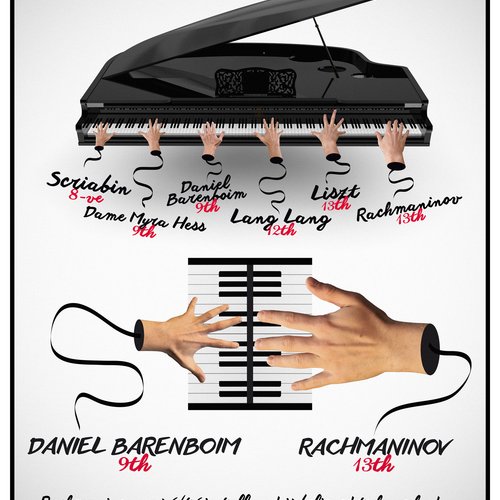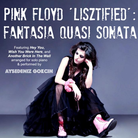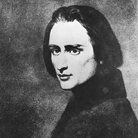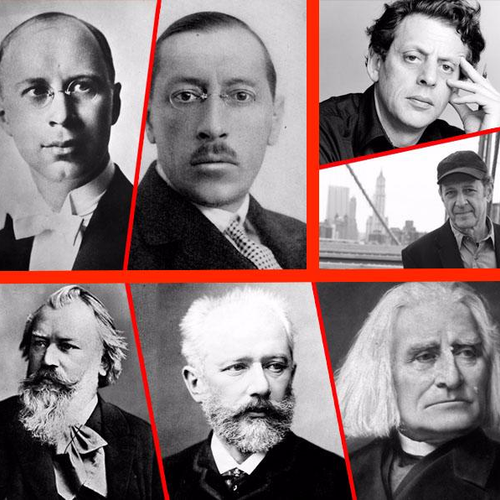Franz Liszt As An Early Sex-Symbol Celebrity
No one else in the 19th century has a better claim than Franz Liszt to be the central and most important musical influence, both on contemporary colleagues and on future generations.
He was the first person to play a solo piano recital (he invented the term “reciting” as a form of communication). He was one of the first routinely to conduct other people’s music – until Liszt, composers generally conducted their own music to facilitate performances, and being a conductor was not a separate career. He had a direct influence on three different musical styles (discussed below), and, as a travelling celebrity, he changed forever the idea of a musician as a servant of the rich and powerful.
1. THE ROMANTIC
From early on in his creative life, Liszt found a way to combine three different musical strands to form his own individual, quintessentially romantic style: the bel canto of Italian opera with its soaring lyrical lines; a rich intense harmonic language, heavy with chromaticism; and a sense of the dramatic, whether in blizzards of furious, fast notes or in the rhetorical silences of his more serious works. He wasn’t a pianist, a composer, a conductor, a teacher: he was... Liszt; the persona was more than the sum of its parts.
2. THE SHOW OFF
All pianists today are indebted to Liszt, even if his compositions are not in their repertoire. His own dazzling abilities pushed piano makers to develop ever more advanced instruments, and his ways of understanding the layout of the keyboard (through new fingering and technical innovations) are templates for us all.
For better or worse he took from Paganini the idea of “concert artist as celebrity”. When this was combined with “performer as sex symbol” – fainting women, jewels tossed on to the stage, cigar butts treasured in heaving bosoms – a phenomenon began which is alive and well in the 21st century and shows no signs of abating.
3. A GREAT MAN AS WELL AS A GREAT MUSICIAN
Although Liszt was a superstar he was not a diva. He saw through the superficial glitter of his early fame and constantly sought to live a life of greater simplicity and generosity, culminating in his taking minor orders in the Catholic Church. On one trip to Dublin he was faced with an upright piano feebly jangling with broken strings and sticking hammers. To cancel was not an option when people had come to hear him play, so the show went on.
4. THE GENEROUS FRIEND
His reputation as a womaniser (sketchy and exaggerated) has often overshadowed his habitual generosity as a friend. Not only did he teach for no money, but as a conductor he was tireless in programming often unpopular works in which he believed. The careers of Berlioz, Schumann and Wagner, to name only three, could have taken very different directions but for the energies of Liszt. Wagner is a striking case because Liszt had personal reasons to distance himself from the German composer – not least the fact that Liszt’s daughter Cosima had divorced his student and friend Hans von Bülow to marry Wagner.
5. THE INNOVATOR
Liszt was the progenitor of three distinct strands of compositional style. Firstly Wagner’s shifting, restless chromaticism – listen to the opening of Act II of Parsifal in the light of the Liszt Piano Sonata, or to the countless echoes of Tristan Und Isolde before the Cornish knight had sung a note. Secondly the harmonic wash of impressionism – Debussy and Ravel found their own personalities by adapting colours already mixed on Liszt’s palette.
Finally the lean, atonal harmonies and primitive rhythmic patterns that Liszt used in a number of pieces written at the end of his life. Two younger Hungarian composers (Bartók and Kodály) owe an incalculable debt to Liszt for this stripping bare of Western musical language. From Grieg and Saint-Saëns to Prokofiev and Messiaen, Liszt’s span of influence was immense.














